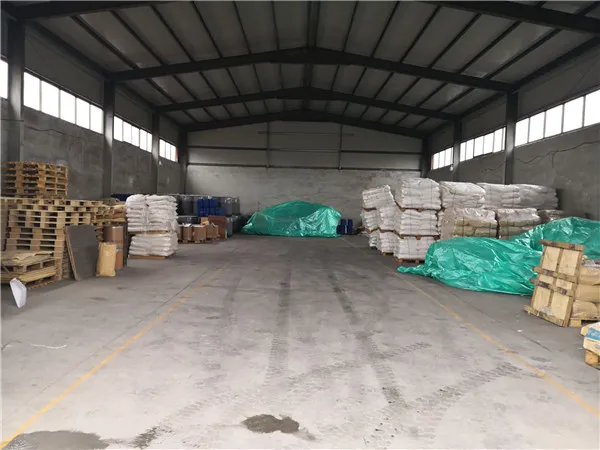Understanding Polyacrylamide Applications and CAS Number
Polyacrylamide, commonly referred to by its CAS number 9003-05-8, is a synthetic polymer that has significantly impacted various industries due to its versatile properties. Polyacrylamide is composed of acrylamide subunits and is primarily used in water treatment, soil stabilization, and in various manufacturing processes. This article will explore the characteristics, applications, and safety considerations associated with polyacrylamide.
Characteristics of Polyacrylamide
Polyacrylamide is known for its high molecular weight and excellent water solubility, which contributes to its effectiveness in a wide range of applications. The polymer can be produced in various forms, including powders and emulsions, allowing for tailored chemical properties suitable for specific tasks. It can function as a flocculant, a dispersant, and even as a stabilizer.
One of the critical attributes of polyacrylamide is its ability to enhance the viscosity of water, making it especially valuable in applications where improved fluid dynamics are necessary. The polymer’s structure can be modified to create cationic, anionic, or nonionic types, further expanding its utility across different sectors.
Applications of Polyacrylamide
1. Water Treatment One of the most significant applications of polyacrylamide is in the field of water treatment. It acts as a flocculant that helps aggregate contaminants and suspended particles, facilitating their removal from water. This process is crucial for both industrial wastewater treatment and the purification of drinking water.
2. Agriculture In agriculture, polyacrylamide is used to improve water retention in soil, particularly in arid regions. By enhancing soil structure and minimizing erosion, it promotes sustainable agricultural practices and boosts crop yields. Additionally, it serves as an effective tool for controlling sedimentation and runoff during rainfall.
polyacrylamide cas no

3. Oil Recovery Polyacrylamide plays a pivotal role in enhanced oil recovery techniques. The polymer increases the viscosity of water injected into oil reservoirs, helping to mobilize and extract trapped oil more efficiently. This application is critical in maximizing resource extraction from existing wells.
4. Cosmetics and Personal Care The cosmetic industry utilizes polyacrylamide as a thickening agent and stabilizer in products such as creams, lotions, and gels. Its ability to form a gel-like consistency lends desirable textural qualities to many formulations.
5. Research and Laboratories Polyacrylamide gel electrophoresis (PAGE) is a common technique used in molecular biology to separate proteins based on their size and charge. This method is essential for various research endeavors, including diagnostics and protein analysis.
Safety and Environmental Considerations
While polyacrylamide has many beneficial applications, it is essential to consider safety and environmental impacts. The monomer acrylamide is classified as a probable human carcinogen, requiring careful handling during production and application. Regulatory bodies recommend minimizing exposure and implementing safety measures to protect workers and the environment.
In recent years, initiatives have been undertaken to develop safer alternatives and biodegradable formulations to reduce the environmental footprint of polyacrylamide applications. Research into modifying the polymer's structure is ongoing, aiming to enhance its sustainability while maintaining functionality.
Conclusion
Polyacrylamide, identified by its CAS number 9003-05-8, plays a vital role across various sectors, demonstrating its multifunctional properties and significant technological advancements. From water treatment to agriculture and cosmetics, this versatile polymer continues to contribute to improved processes and products. However, it is crucial to balance its benefits with safety and environmental considerations, ensuring a sustainable future for polyacrylamide use in industry.

